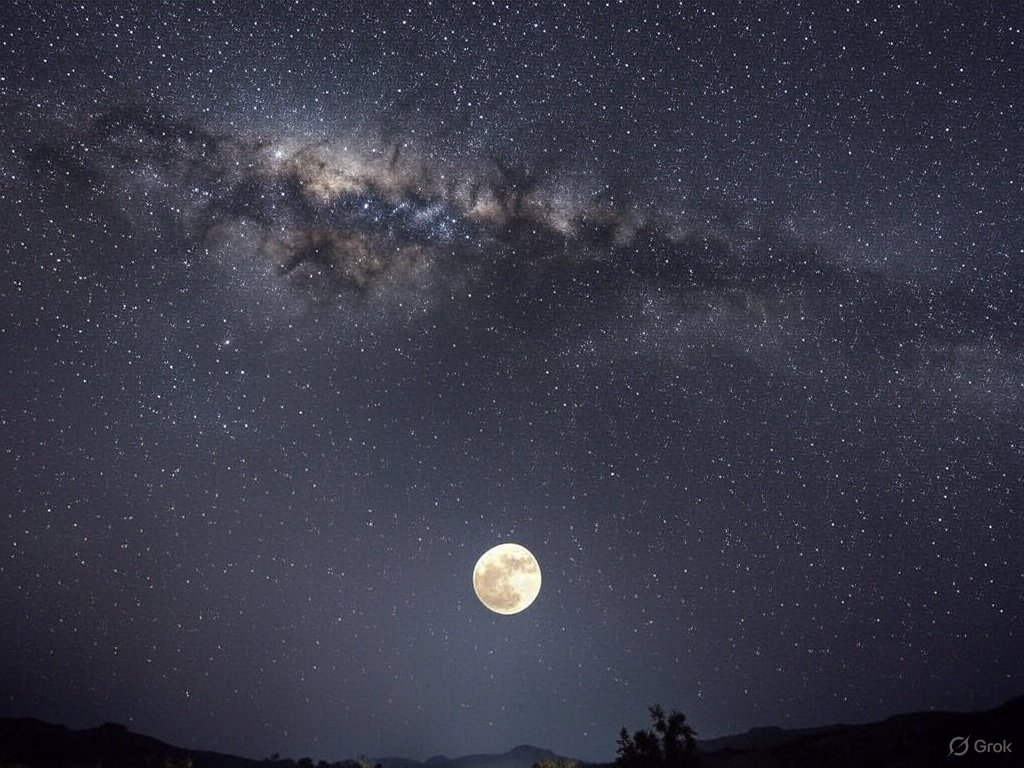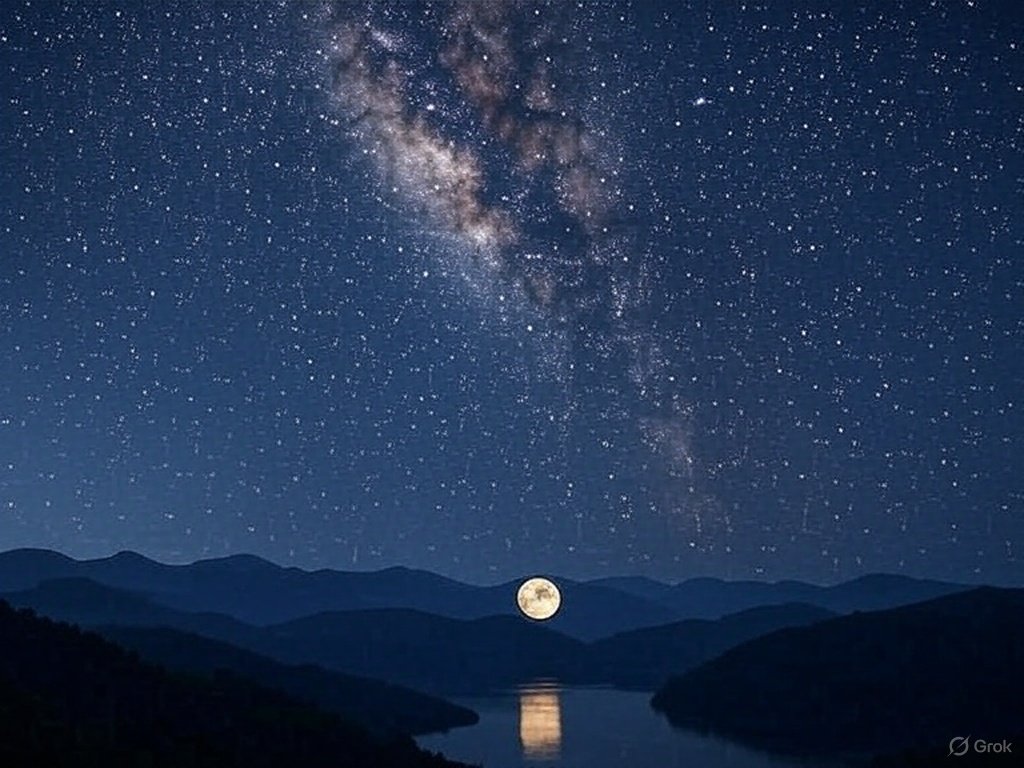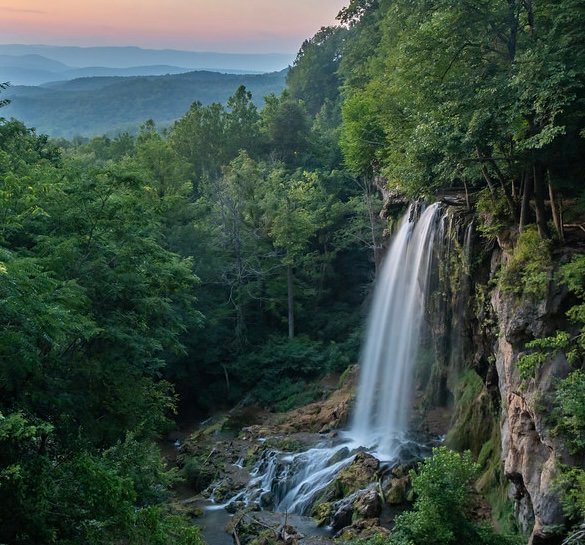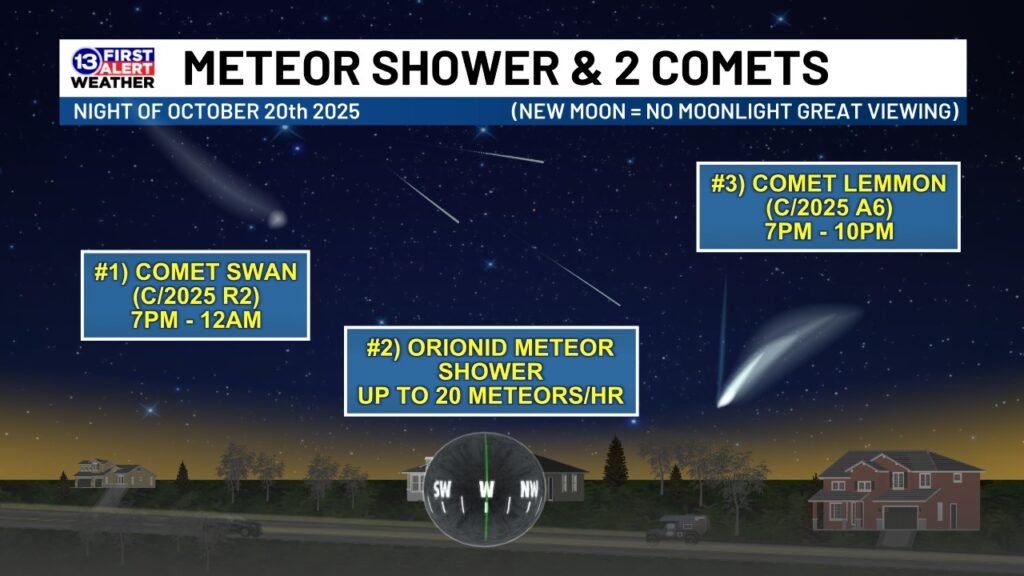Blog/Experiences
May’s Flower Moon: A Celestial Celebration of Spring’s Peak

The next full moon, known as the Flower Moon, will reach its peak illumination on Monday, May 12, 2025, at 12:56 p.m. Eastern Time. This full moon marks the height of spring, named for the abundance of blooming flowers that signal the season’s vibrant growth across much of North America.

About the May 2025 Flower Moon
- Name & Meaning: The May full moon is traditionally called the Flower Moon because it coincides with the abundance of blooming flowers in North America during this time. The name comes from Native American and colonial traditions, reflecting the renewal and growth of spring.
- Visibility: The moon will appear full for about a day before and after its peak. The best viewing is in the evening and early night on May 11 and 12, when it will rise in the east and set in the west the next morning.
- Astronomical Details: This full moon is not a supermoon, but it will still be bright and prominent in the sky. The moon will be about 251,362 miles from Earth at its peak.
Cultural Significance: The Flower Moon symbolizes growth, renewal, and the height of spring. In various traditions, it’s a time to celebrate fertility, beauty, and the return of warmer weather.


Other Names for May’s Full Moon
- Corn Planting Moon (Algonquin)
- Milk Moon (Anglo-Saxon)
- Hare Moon (European folklore)
What to Do During the Flower Moon
- Stargazing: Find a spot away from city lights for the best view.
- Photography: The full moon is a great subject for night photography, especially as it rises or sets.
- Reflection: Many people use the Flower Moon as a time to set intentions for growth, renewal, and new beginnings, in keeping with spring themes.


What is Next
With the Strawberry Moon on June 11 marking the next full lunar highlight after the Flower Moon, the weeks in between offer excellent opportunities to enjoy dark skies during the new moon, catch planetary alignments, and observe early summer constellations. Whether you're a casual observer or an avid astronomer, this period promises rewarding nights under the stars.












